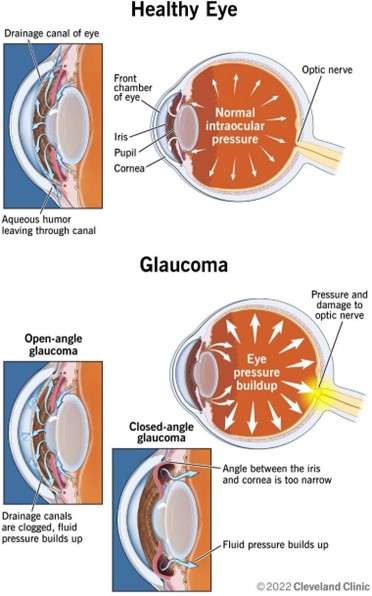While ambulating in the hallway following an appendectomy yesterday, a client complains of chest tightness and shortness of breath. Which action should the practical nurse (PN) implement first?
Have the client sit down in the hall.
Assist the client back to the room.
Administer sublingual nitroglycerin.
Obtain a 12-lead electrocardiogram.
The Correct Answer is A
The correct answer is choice A: Have the client sit down in the hall.
Choice A rationale: The PN should first have the client sit down to help alleviate the client's chest tightness and shortness of breath. Sitting down allows for better lung expansion and reduces the risk of falling due to dizziness or lightheadedness. This is the most appropriate initial action in response to the client's complaint.
Choice B rationale: While assisting the client back to their room is important, the PN should first ensure that the client is sitting down to help manage their symptoms. After the client is seated and more stable, the PN can then assist them back to their room for further assessment and intervention.
Choice C rationale: Administering sublingual nitroglycerin may be appropriate if the client is experiencing cardiac-related chest pain. However, the PN should first have the client sit down and gather more information about their symptoms before administering any medications.
Choice D rationale: Obtaining a 12-lead electrocardiogram can help assess the client's cardiac status, but it is not the first action that the PN should take in this situation. Ensuring the client's safety and managing their symptoms are immediate priorities. The PN can consider obtaining an electrocardiogram after addressing the client's immediate needs and assessing their condition further.
Nursing Test Bank
Naxlex Comprehensive Predictor Exams
Related Questions
Correct Answer is A
Explanation
Glaucoma is a group of eye diseases that damage the optic nerve and cause vision loss. It is often associated with increased intraocular pressure, which can compress the nerve fibers and reduce blood flow to the retina. The most common type of glaucoma, open-angle glaucoma, causes gradual loss of peripheral vision.

The other options are not correct because:
A. Macular edema is a condition that causes swelling and fluid accumulation in the macula, the central part of the retina that is responsible for sharp and detailed vision. It can cause blurred or distorted vision, but it does not affect the optic nerve or the peripheral vision.
B. Cataract is a condition that causes clouding of the lens, which is the transparent structure that focuses light onto the retina. It can cause blurred, dim, or yellowed vision, but it does not affect the optic nerve or the intraocular pressure.
C. Diabetic retinopathy is a complication of diabetes that damages the blood vessels in the retina and causes bleeding, leakage, or scarring. It can cause blurred, fluctuating, or darkened vision, but it does not affect the optic nerve or the intraocular pressure.
Correct Answer is A
Explanation
The correct answer is choice A: Never scratch under the cast.
Choice A rationale:
It is important not to scratch under the cast because inserting objects can lead to skin injury and infection. If itching occurs, blowing cool air from a hair dryer into the cast is recommended.
Choice B rationale:
While mild swelling and some discomfort are common after a cast is applied, patients should not expect an increase in pain. Persistent or severe pain could indicate complications such as increased swelling, decreased blood flow, or pressure on nerves and should be evaluated by a healthcare provider.
Choice C rationale:
Applying a cold pack to “hot spots” on the cast is not recommended as it can lead to moisture accumulation and skin problems. Instead, to manage swelling and discomfort, ice can be applied over the cast, covered with a thin towel, for 20 minutes every two hours while awake during the first 48 hours.
Choice D rationale:
Keeping the injured leg in a dependent position is not advised because it can increase swelling and pain. The affected limb should be elevated above the level of the heart to reduce swelling and promote healing.
Whether you are a student looking to ace your exams or a practicing nurse seeking to enhance your expertise , our nursing education contents will empower you with the confidence and competence to make a difference in the lives of patients and become a respected leader in the healthcare field.
Visit Naxlex, invest in your future and unlock endless possibilities with our unparalleled nursing education contents today
Report Wrong Answer on the Current Question
Do you disagree with the answer? If yes, what is your expected answer? Explain.
Kindly be descriptive with the issue you are facing.
